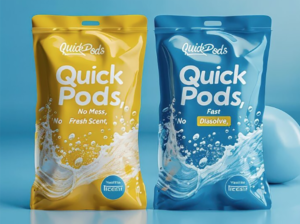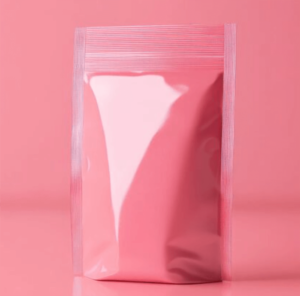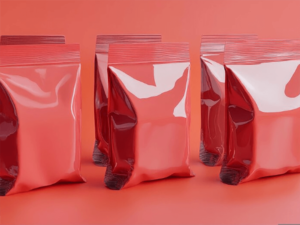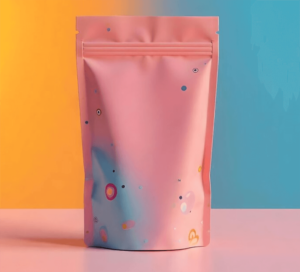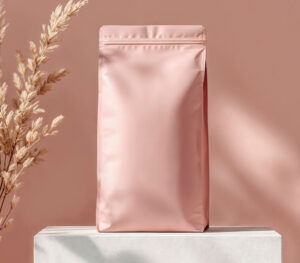How Can You Choose the Right Eco-Friendly Materials for Your Custom Snack Pouches?
Are your snack pouches meeting eco-demands? Customers increasingly want sustainable options, impacting your brand image. Let us guide you through selecting the best green materials for your needs.
Choosing the right eco-friendly materials means looking at barrier needs, types like recyclable plastics or paper laminates, and customization. Balance shelf life, sustainability targets, and cost. We help find materials that protect your snacks and meet green goals effectively.
Finding the perfect balance between protecting your snacks and protecting the planet1 can feel overwhelming. There are so many options now, each with its own set of benefits and trade-offs. You need packaging that keeps your product fresh2, looks great on the shelf, works with your machines, and meets sustainability goals3 without breaking the bank. It’s a lot to juggle. But understanding the key factors involved makes the decision process much clearer. Let’s break down what you need to consider, step by step, to make the best choice for your brand.
Barrier Properties Explained: Selecting the Best Film for Snack Freshness?
Worried your snacks lose freshness too quickly? Poor barriers let oxygen and moisture ruin taste and texture. Protect your product quality and brand reputation by choosing the right film.
Select films based on Oxygen Transmission Rate (OTR) and Water Vapor Transmission Rate (WVTR) needs. High-barrier films block oxygen and moisture, crucial for items like nuts or dried fruit. Lower barriers might suffice for short shelf-life snacks.
Understanding Barrier Needs
When we talk about barriers in packaging films, we’re mainly concerned with two things: oxygen and moisture. Different snacks react differently to these elements. Crisps need protection from moisture to stay crisp, while nuts need protection from oxygen to prevent rancidity.
-
Oxygen Transmission Rate (OTR)4: This measures how much oxygen can pass through the film over a set time. A lower OTR means better oxygen protection. This is vital for preventing staleness and spoilage in many snacks.
-
Water Vapor Transmission Rate (WVTR)5: This measures how much moisture can pass through. A low WVTR keeps moisture out (important for dry snacks like crackers) or keeps moisture in (for snacks like jerky).
Think about your specific snack. What makes it go bad? Does it absorb moisture easily? Does it go stale if exposed to air? Answering these helps determine the OTR and WVTR levels you need. We often work with clients, like Stuart who packs alcohol pads and needs specific barriers, to pinpoint the exact requirements for their product.
| Barrier Level | Typical OTR (cc/m²/day) | Typical WVTR (g/m²/day) | Common Film Types | Best For |
|---|---|---|---|---|
| High Barrier | < 1 | < 1 | EVOH, Metallized PET/BOPP, Foil | Nuts, Coffee, Dried Meat, Medical Swabs |
| Medium Barrier | 1 – 10 | 1 – 10 | SiOx/AlOx Coated PET/BOPP, PVDC | Chips, Cookies, Some Cereals |
| Low Barrier | > 10 | > 10 | PE, BOPP, PET | Fresh Produce (needs breathing), Sugar Sachets |
Choosing the right barrier isn’t just about product protection; it also impacts cost and sustainability. High-barrier materials can be more expensive or harder to recycle. We help find that sweet spot – effective protection that aligns with your budget and eco-goals.
Beyond Plastic: Are There Innovative & Sustainable Materials for Snack Packaging?
Feeling pressure to ditch traditional plastics? Consumers and regulations push for greener alternatives. Using outdated materials can harm your brand perception and market access. Explore innovative, sustainable options now.
Yes, many sustainable materials exist beyond standard plastics. Options include recyclable mono-material plastics (like PE/PE), compostable films (PLA, PHA), and paper-based laminates. Each offers different environmental benefits and performance characteristics to consider.
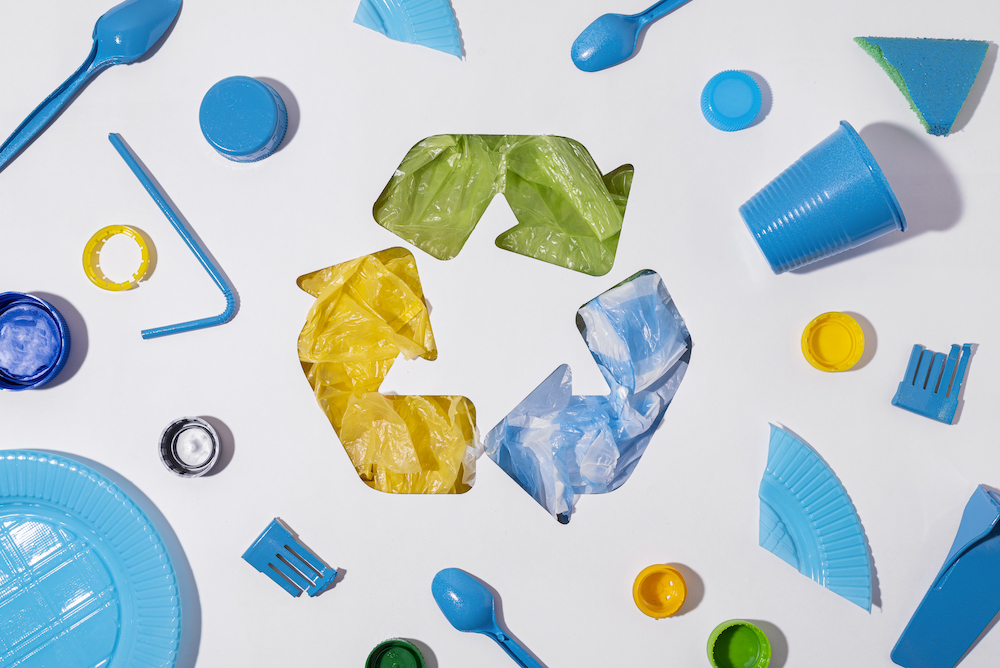
Exploring Sustainable Alternatives
The packaging world is moving fast towards sustainability. While traditional plastics offered great performance, their environmental impact is a major concern. Luckily, innovation provides greener choices. We see clients increasingly asking for these options.
-
Recyclable Mono-Material Films: Traditional flexible packaging often uses multiple plastic types laminated together, making recycling difficult. Mono-material structures, like all-Polyethylene (PE/PE) or all-Polypropylene (PP/PP), are designed for easier recycling in existing streams. They often require special barrier coatings or thicker layers to match the performance of multi-material films, which is a trade-off we discuss openly with clients.
-
Compostable Materials: These materials break down under specific composting conditions (industrial or home).
-
PLA (Polylactic Acid): Derived from plant starch (like corn), it’s a popular choice. However, it typically needs industrial composting facilities, which aren’t universally available. Its barrier properties might also be lower than traditional plastics.
-
PHA (Polyhydroxyalkanoate): Made by microorganisms, PHA can often biodegrade in more environments, including marine settings, and sometimes even home composts. It’s generally more expensive than PLA currently.
-
-
Paper-Based Laminates: Combining paper with thin barrier layers (sometimes bio-based or ultra-thin plastic) creates packaging with a high renewable content. It offers a natural look and feel. Achieving high barriers equivalent to plastic multi-layers can be challenging and costly, but it’s improving rapidly.
When considering these materials, think about the end-of-life scenario in your target markets. Is industrial composting available? Is mono-material plastic recycling well-established? Also, consider performance needs – barrier, durability, and machine compatibility. We always advise testing samples on your filling lines. There’s no single perfect solution; the best choice depends on balancing environmental goals, product protection, cost, and market realities.
What Are the 7 Key Customization Options for Stand-Out Snack Bags?
Are your snack bags lost on crowded shelves? Generic packaging fails to grab attention or convey brand quality. Stand out and connect with customers through effective customization.
Key customization options include: 1. Material Choice, 2. Size & Shape, 3. High-Quality Printing, 4. Closures (zippers/spouts), 5. Tear Notches, 6. Finishes (Matte/Gloss), 7. Window Placement. These enhance appeal and functionality.

Tailoring Your Pouches
Customization turns a simple pouch into a powerful brand ambassador. It’s not just about looks; it’s about functionality and communicating value. Based on my experience working with many brands, these are the crucial options to consider:
- Material Selection: As discussed earlier, choosing the right film (eco-friendly or traditional) with appropriate barriers is foundational. The material itself contributes to the look and feel.
- Size and Shape: Beyond standard pillow pouches or stand-up bags, unique shapes can grab attention. The size must obviously fit your product volume precisely.
- Printing: This is vital for branding. High-definition gravure printing (which we specialize in at Noupack) allows for vibrant colors and intricate designs. You can print logos, nutritional info, marketing messages, and eye-catching graphics.
- Closures: Resealable features like press-to-close zippers or sliders are essential for multi-serving snacks, maintaining freshness and convenience. For liquids or semi-liquids, spouts are needed.
- Tear Notches: Small notches make the pouches easy for consumers to open cleanly without needing scissors. Placement is key for user-friendliness.
- Finishes: Do you want a shiny, high-gloss look or a sophisticated, premium matte finish? You can even combine them (spot varnish) for unique effects. The finish impacts how the printed colors appear and the tactile feel.
- Windows: A clear window allows consumers to see the actual product inside, building trust and appetite appeal. The size, shape, and placement of the window are design choices.
Thinking through these options helps create packaging that performs well technically and connects with your target customer. For instance, a premium organic snack might use a matte finish, paper-laminate material, and a clear window, while a kid’s snack might use bright colors, a glossy finish, and fun shapes. We guide clients like Stuart through these choices, ensuring the final pouch reflects their brand identity and meets practical needs.How Can You Design Functional & Attractive Shaped Pouches for Snacks?
Do standard pouch shapes feel uninspired? Boxy bags can blend into the background, failing to capture interest. Differentiate your brand with unique, functional shaped pouches.
Design shaped pouches by considering shelf appeal, ergonomics (how easy it is to hold/use), product type (liquid vs. solid), and filling machine compatibility. Unique shapes enhance visibility but must remain practical and cost-effective.
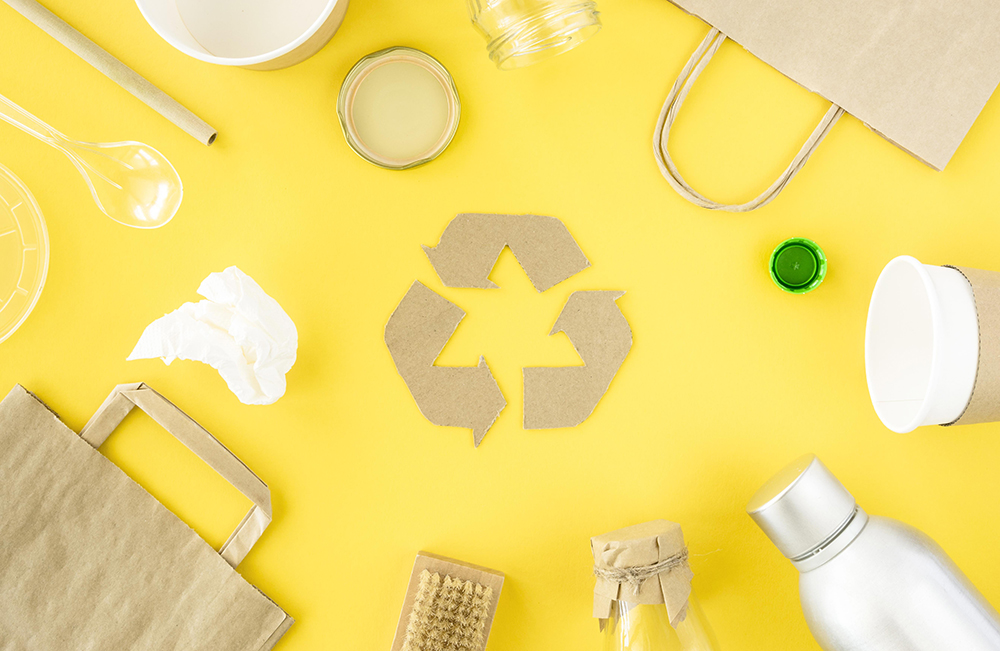
Crafting Unique Pouch Shapes
Moving beyond the basic rectangle or stand-up pouch can significantly boost your product’s shelf presence. Shaped pouches are instantly noticeable and can communicate something about the product or brand personality. However, form must follow function.
Here’s what I tell clients to think about when considering shaped pouches:
- Brand Identity & Product Theme: Does the shape relate to your brand logo, the product itself (e.g., a fruit shape for dried fruit), or a marketing campaign theme? A unique shape reinforces branding. Imagine packaging shaped like the snack itself!
- Shelf Stability & Display: How will the pouch sit or hang on the shelf? Stand-up capabilities are often crucial. Ensure the shape doesn’t make it unstable or awkward to display. We need to consider the center of gravity.
- Ergonomics & Functionality: How easy is it for the consumer to hold, open, and dispense the product from the shaped pouch? Awkward shapes can be frustrating. Consider features like easy-grip sides or well-placed spouts/zippers.
- Product Protection: Does the shape create weak points or areas where the film might crease excessively, potentially compromising the barrier? Ensure seals are strong, especially around curves or corners.
- Manufacturing & Cost: Complex shapes require custom tooling (die-cutting) and can sometimes slow down the bag-making process, increasing costs. Film waste might also be higher compared to standard shapes. It’s a balance between uniqueness and budget. We work closely with production to ensure feasibility.
- Filling Machine Compatibility: Critically, will the shaped pouch work efficiently on your existing filling and sealing equipment? Major adjustments might be needed. Always test thoroughly.
Shaped pouches offer a fantastic way to differentiate, particularly in crowded markets like snacks. We’ve helped brands create everything from simple curves to more complex character shapes. The key is careful planning that considers aesthetics, practicality, and production realities from the start.Conclusion
Choosing eco-friendly, customized snack packaging involves balancing material science, design, and cost. Prioritize barrier needs, explore sustainable options, and use customization effectively for standout results.
Noupack – Your Trusted Partner in Flexible Packaging Solutions from China.
-
Learn about eco-friendly packaging options that contribute to environmental protection, aligning your brand with sustainability efforts. ↩
-
This link will provide insights into packaging solutions that enhance freshness, ensuring your snacks stay delicious and appealing. ↩
-
Explore this resource to discover innovative strategies that can help your brand achieve sustainability goals while maintaining product quality. ↩
-
Understanding OTR is crucial for ensuring snack freshness and preventing spoilage. Explore this link to learn more about its significance. ↩
-
WVTR is essential for maintaining the right moisture levels in snacks. Discover more about its impact on packaging effectiveness. ↩

